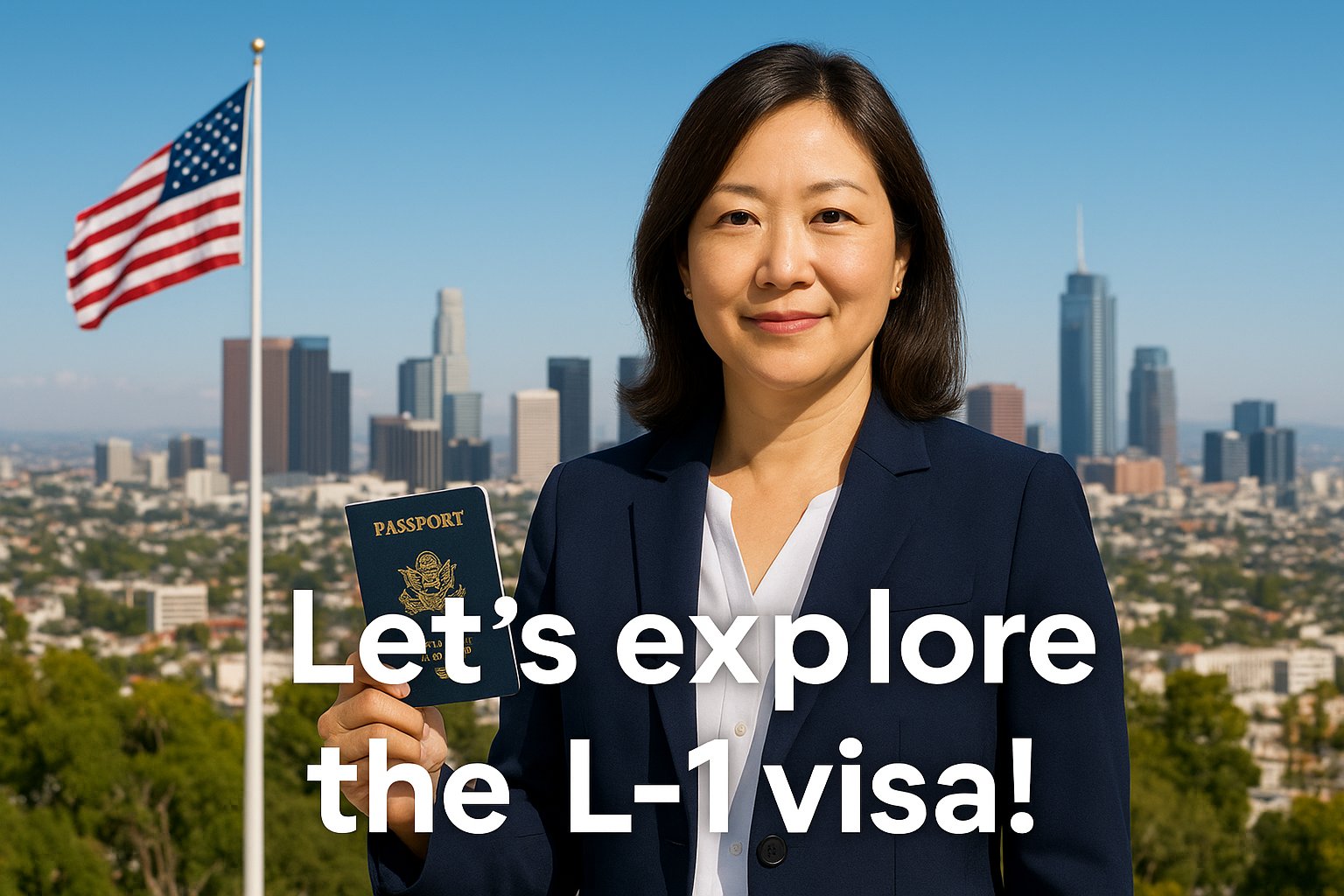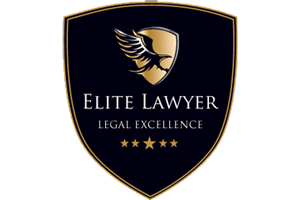- Free Consultation: (213) 251-5533 Tap Here to Call Us
From Global Talent to U.S. Office: Mastering the L-1 Visa Transfer

The L-1 visa is a powerful nonimmigrant tool used by multinational companies to transfer key personnel from their foreign offices to U.S. branches. Designed for intra-company transferees, it facilitates the movement of executives, managers, and specialized knowledge workers who have been employed by the foreign affiliate for at least one continuous year within the three years preceding the petition.
There are two subcategories of the L-1 visa. The L-1A is for executives and managers, defined under 8 C.F.R. § 214.2(l)(1)(ii)(B)-(C), and permits an initial stay of up to one year for new offices and up to three years for existing offices, with extensions possible up to a total of seven years. The L-1B is for employees with specialized knowledge, under 8 C.F.R. § 214.2(l)(1)(ii)(D), and is valid for up to five years.
To qualify, the petitioner must establish a qualifying relationship between the U.S. and foreign entities—either parent, branch, affiliate, or subsidiary—as defined by 8 C.F.R. § 214.2(l)(1)(ii)(G). The employee must be coming to the U.S. to work in an executive, managerial, or specialized knowledge capacity, and the petition must include documentary evidence showing the prior employment abroad and the business relationship between the entities.
Spouses and Family Members
Spouses and unmarried children under 21 of L-1 visa holders may apply for an L-2 visa, which grants them dependent status. Crucially, under 8 C.F.R. § 274a.12(c)(18) and USCIS policy as of 2022, L-2 spouses are automatically authorized to work in the U.S. without needing a separate Employment Authorization Document (EAD), provided their status is noted as “L-2S” on their I-94.
Drawbacks of the L-1 Visa
Despite its advantages, the L-1 visa is strictly temporary and does not confer immigrant intent. While dual intent is recognized (INA § 214(b); 8 C.F.R. § 214.2(l)(16)), L-1 status will expire after a maximum of seven years (L-1A) or five years (L-1B), and extensions are not permitted beyond these limits. Establishing eligibility requires meticulous documentation of the petitioner’s business operations, the qualifying relationship, and the employee’s job duties and prior experience. L-1 petitions are frequently scrutinized, especially in cases involving small businesses or newly opened offices. Additionally, unlike H-1B, the L-1 does not provide prevailing wage protection, leaving transferees vulnerable to lower pay.
While the L-1 visa provides a strategic pathway for international talent mobility, it demands precise legal compliance, a strong evidentiary record, and a long-term strategy if permanent residence is the ultimate goal.
Legal Disclaimer: This article is for informational purposes only and does not constitute legal advice.








